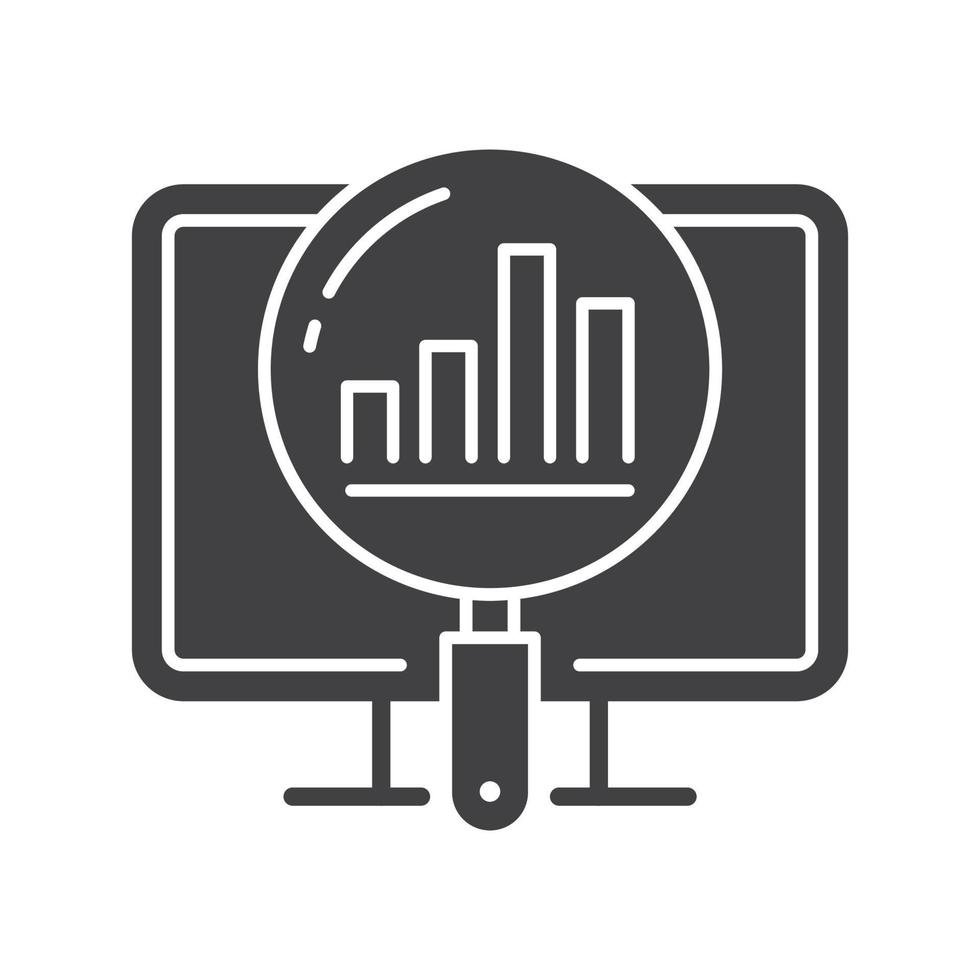Technology is the driving force behind modern Data Analytics and Business Intelligence (BI), providing the tools and platforms to collect, clean, analyze, and visualize data for informed decision-making. Databases, data warehouses, ETL tools, statistical software, and BI platforms enable organizations to transform raw data into actionable insights. Advancements in cloud computing and big data technologies have further expanded the capabilities and scalability of data analytics and BI.

Data Analytics and Business Intelligence
The key topics to learn in Data Analytics and Business Intelligence are:
- Data Warehousing Concepts: Understanding data modeling, ETL/ELT processes, and different data warehouse architectures.
- Database Management (SQL): Querying, manipulating, and managing data in relational databases.
- ETL (Extract, Transform, Load) Tools: Using tools to extract data from various sources, transform it into a usable format, and load it into a data warehouse.
- Statistical Analysis: Applying statistical methods to analyze data and identify trends.
- Data Visualization: Creating charts, graphs, and dashboards to communicate insights effectively.
- BI Tools (Tableau, Power BI, Qlik Sense): Using BI platforms to analyze data, create visualizations, and build dashboards.
- Data Mining and Predictive Analytics: Applying techniques to discover patterns and predict future outcomes.
- Big Data Analytics: Working with large and complex datasets using technologies like Hadoop and Spark.
- Cloud-Based BI Solutions: Utilizing cloud platforms for data storage, processing, and visualization.
- Storytelling with Data: Effectively communicating data insights to a business audience.
Industry Use Cases:
- Retail: Analyzing sales data, customer behavior, and inventory levels to optimize pricing and promotions.
- Finance: Monitoring key performance indicators, identifying financial risks, and generating business reports.
- Marketing: Tracking campaign performance, understanding customer segmentation, and personalizing marketing efforts.
- Operations: Analyzing production data, identifying bottlenecks, and improving efficiency.
- Healthcare: Tracking patient outcomes, managing resources, and identifying areas for improvement in healthcare delivery.
